
8 minute read
Collection Focus: Mary Giles at RAM
With a cabinetmaker father and a mother who knitted, quilted, and did Scandinavian decorative painting known as rosemaling, Mary Giles (1944 –2018) seemed destined to work creatively with her hands. Revered for her willingness to push the boundaries of form and concept, Giles made objects throughout her career that reflected her interest in materials and traditional basketmaking techniques. An affinity for the natural world, also cultivated in her young home life, fueled the artist’s investigations of media including waxed linen, porcupine quills, and various metals such as copper and iron. Favoring the technique of coiling—a process associated with Native American basket traditions—Giles would move between three and two dimensions throughout her career, sometimes creating wall pieces, in addition to sculpture, that suggest aspects of the environment, human figures, and vessels.
Giles received her BS in art education from Mankato State University in Minnesota. Her fiber education was pursued in workshops with some of the most innovative artists working in the field in the last part of the twentieth century—Lissa Hunter, Diane Itter, Ferne Jacobs, John McQueen, and Jane Sauer. These artists shaped the shifting boundaries of fiber, generally, and basketmaking, specifically. Their guidance, her own investigatory nature, and––in Giles’ words ––“a certain maturity” led her to develop a distinct style and “identity.” Specifically, she credits a breakthrough to a moment when her father offered her porcupine quills he found in the woods. Acknowledging the historical precedent set long ago by Native Americans, Giles began to use quills in her own work— embracing both their physical attributes and, for her specifically, resonant connections made with childhood memories of woods and her affinity for the environment.
Advertisement
Giles seemed to embrace a broad definition of the environment––as both the natural world on a macrocosmic level and the spaces that she inhabited. She responded to the colors of sunlight and wood as well as the effect of a scuba-diving experience. Coming of career age during a time when many were using their work to make social or cultural comments, Giles sought to make work about beauty and “pleasure.” Notably, she established an individual spin with her emphases on the natural world in an arena of contemporary craft not traditionally associated with concepts of beauty.
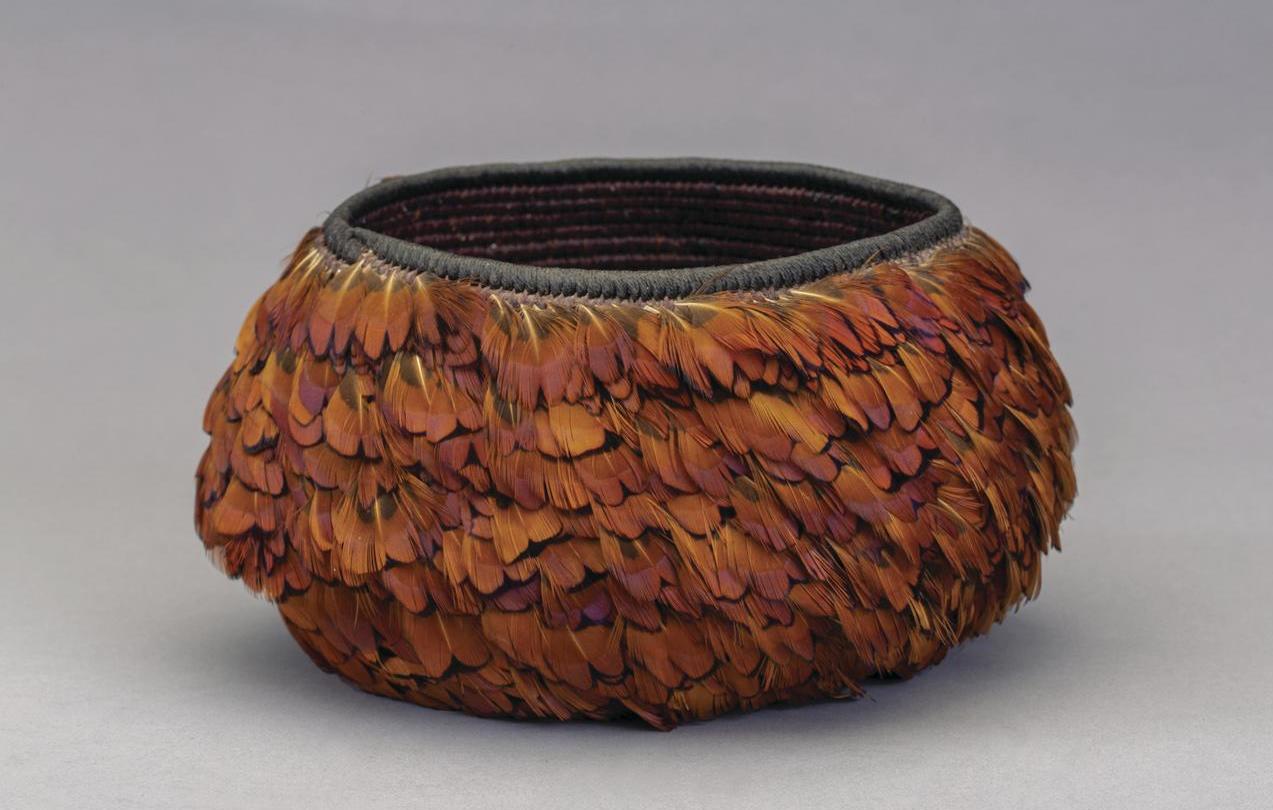
Figure 4: Mary Giles 1,000 Feathers, 1983, Waxed and dyed linen and pheasant feathers, 4 x 7 inches diameter, Racine Art Museum, Gift of Jim Harris, Photography: Jon Bolton
Identifying their work as related to––but also separate from––historical and traditional practices, many contemporary artists utilize basketmaking techniques to create non-functional pieces. Those would be two-dimensional forms and sculptural works that may even be vessel-shaped but not intended for use. Many, such as Giles, sought out indigenous makers in order to learn techniques and histories, and reverently incorporate processes into their own work. Describing herself as a “fiber sculptor,” Giles acknowledged baskets as influences but kept her forms distanced from function—as evidenced by works from the 1980s such as Walking Tentacles II and Walking Tentacles III, 1984, evoking jellyfish forms; Black Effigy, 1999 (fig 18) with its abstracted human body; Fading Light, 2007 (figs 1 and 3) which echoes a vessel; and the wall work, Statistical Divisions, 2014 (fig 7).
Coiling—an ancient basketmaking technique––is the process that most directly connects Giles’ pieces to baskets. Coiling is basically winding strands of yarn or fibers––Giles uses waxed and dyed linen cord––around a core of wire, rope, or other similarly structured material. Calling the practice of coiling the “most comfortable place, almost an escape,” Giles found it after trying many other methods. Her embrace of it not only helped contribute to her individual style but encouraged her love of being in the studio and working. This sentiment links Giles to many who find solace in the rhythm and structure of laborious handwork processes.
Not surprisingly, an overview of Giles’ career reflects the ebb and flow and evolution of various interests. In the 1970s, the parameters of both so-called fine art and fine craft were being expanded by contemporary social and cultural conversations regarding gender, equality, sexuality, race, politics, and economics. Phrases like “female artist” were used as rallying cries, well beyond mere identification. In the 1980s, as Giles began to develop her artistic direction, the fervor of the 1970s had mainly shifted into something less about a declaration of concerns and more about fully articulating those concerns in conceptual ways. Arguably, this allowed Giles to direct her attention to explorations of form and content while also pushing the boundaries of technique and the expectations of the fiber field in general.
As it spans the scope of her career, RAM’s archive of Giles’ work includes various iterations of themes and explorations of materials, many of which challenge the idea of baskets as functional only. There are baskets and vessel shapes created with history but not function in mind. Stylistically, Giles favored color tones that echoed the natural world—if the works did not actually incorporate natural elements such as porcupine quills or feathers. She played with texture to create pattern as well as using it as a stylistic point of contrast.
1,000 Feathers, 1983 (fig 4), the earliest Giles piece in RAM’s collection, reflects the artist working through concepts of a basket yet also highlights her addition of materials that bring color and texture—in this case, feathers. The knotted basket form is covered on the exterior with small feathers in shades of orange, pink, and black. While they do not shine or reflect in the way that metal would, these additions are certainly predecessors to the metal components that she eventually incorporated into her overall designs. One of the artist’s most distinctive additions to her later works were thin metal strips layered over a surface or core. In addition to creating surface contrast and adding color, shine, and form, the choice of metal further underscored her interest in the human condition. She stated, “Over time, some of these metals are going to change, and that’s fine…That’s part of all of our processes—nature’s process, the aging process.”
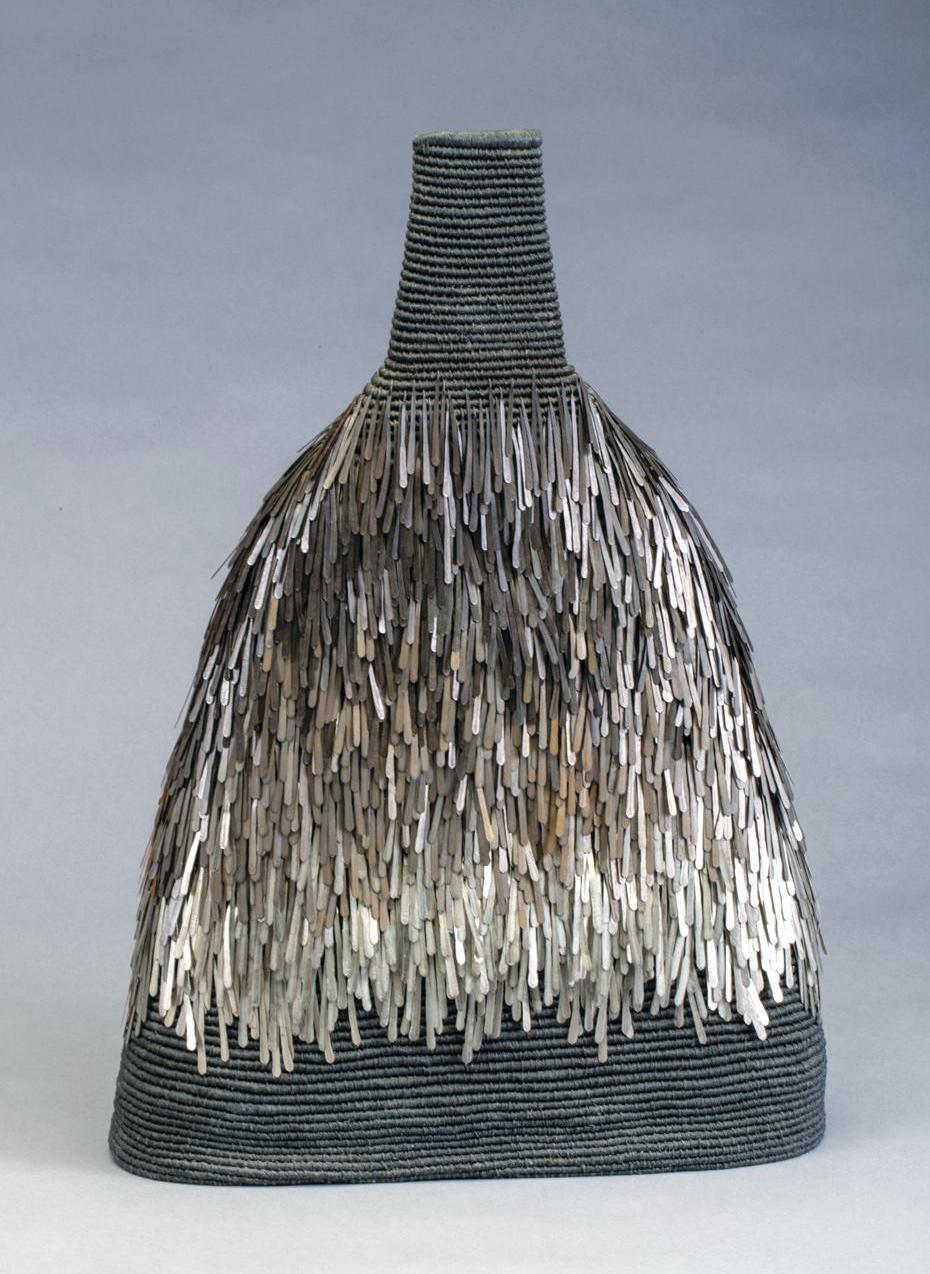
Figure 5: Mary Giles, Shadow Profile (verso), 2001, Waxed and dyed linen, tin, copper, and iron, 22 x 15 x 5 1/2 inches, Racine Art Museum, Gift of David and Jacqueline Charak, Photography: Jon Bolton
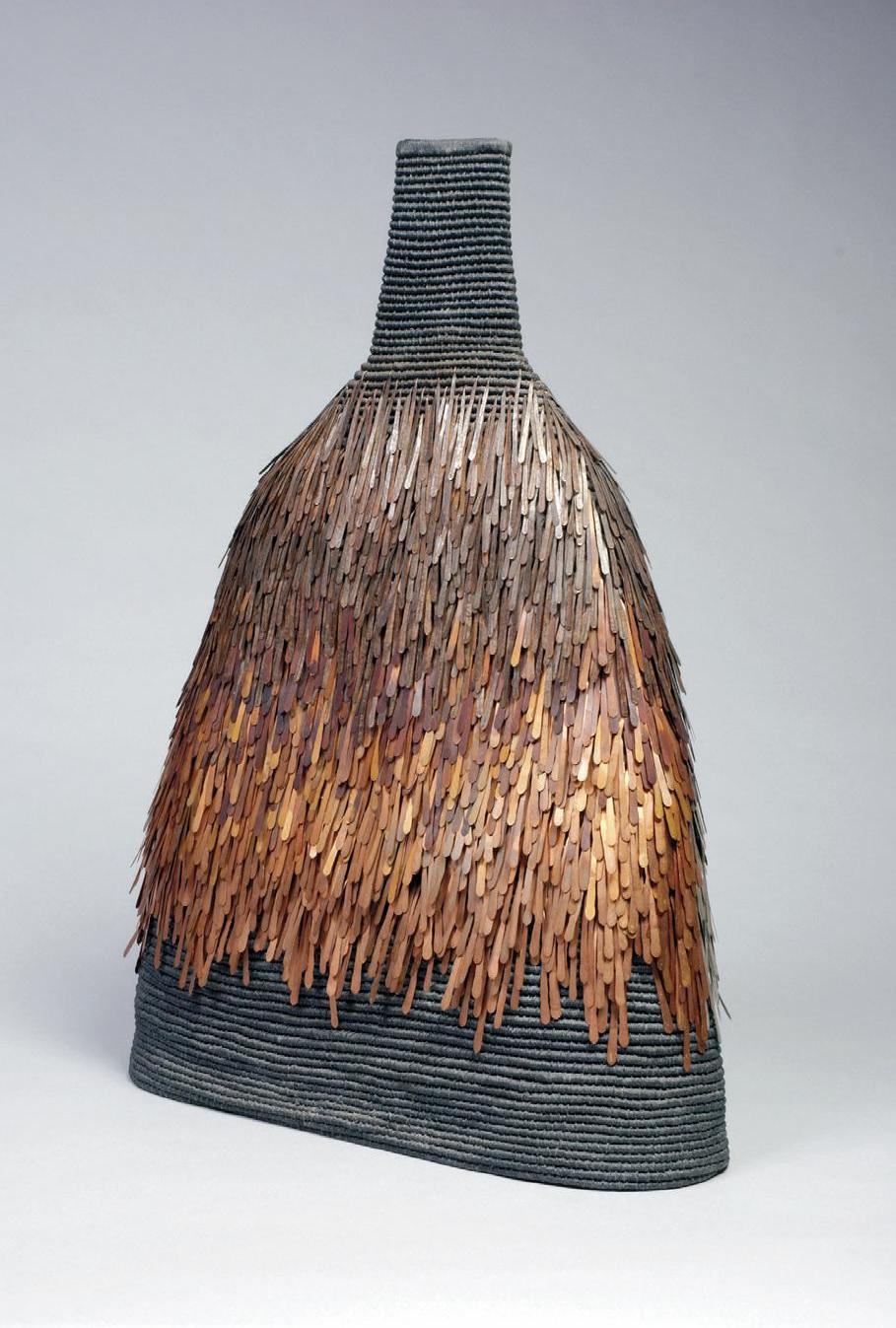
Figure 6: Mary Giles, Shadow Profile (recto)
Shadow Profile, 2001 (figs 5 and 6), and the later Center Fracture, 2011 (fig 2) incorporate metal components in ways that add texture, color gradation, form, contrast, and content. For Giles, the material possibilities emphasized the physicality of the work as well as layered meaning. She would torch metal—found pieces, manipulated pieces, or metal wire—to alter color. This responded to the shifting dynamics of elements in the natural world—variations in light or atmosphere, the contrasts of surfaces and textures across flora, fauna, and landscape, and the naturally occurring adjustments to the environment.
In his essay regarding her process, Giles’ husband, Jim Harris, addresses her use of figures—often anatomically correct male figures—throughout her body of work. The variety of uses is, in and of itself, noteworthy. The aforementioned Black Effigy (fig 18), is a coiled vessel that elongates and abstracts the human form, the column of Fading Rhythm Totem, ca. 2000 (figs 14 and 15), is comprised of figures standing on one another’s shoulders adorned in metal fringe skirts, and Statistical Divisions (fig 7) offers a flatter rendition with many wire stick-like figures arranged in patterns suggesting gatherings or crowd formations. In an interview for a Minnesota PBS program, Giles described her use of the male figure in both aesthetic and metaphoric terms—as an “interesting image” and an “excellent symbol.” Tied to her larger interests, it reflects the human condition in both physical and psychological terms, and establishes links to natural cycles of growth and decay.

Figure 7: Mary Giles, Statistical Divisions, 2014, Lead, copper, and iron wire, 21 x 40 1/2 x 1 1/2 inches, Racine Art Museum, Promised Gift of Jim Harris, Photography: Petronella J. Ytsma
Giles plays with concepts that reinforce her thinking in sculptural terms. For example, with Janus Transparency, 2016 (figs 8 and 9), there are multiple vessel forms that optically push and pull the idea of surfaces and that offer differing color tones from front to back. To get the most complex and layered understanding, the work needs to be viewed from multiple angles. With metal strips made of copper on one side and iron on the other, the effect is like a shift from day to night. Her larger boulder-like forms such as Center Fracture (fig 2) not only reveal her capability with her chosen materials but also highlight her capacity to push a concept. The natural world is hinted at in an abstract way—as a geological formation at a small scale—while simultaneously rendered ultra-real with shimmering and craggy surfaces. It is both evocative of and removed from an environmental formation—powerful as it is both familiar and unfamiliar.
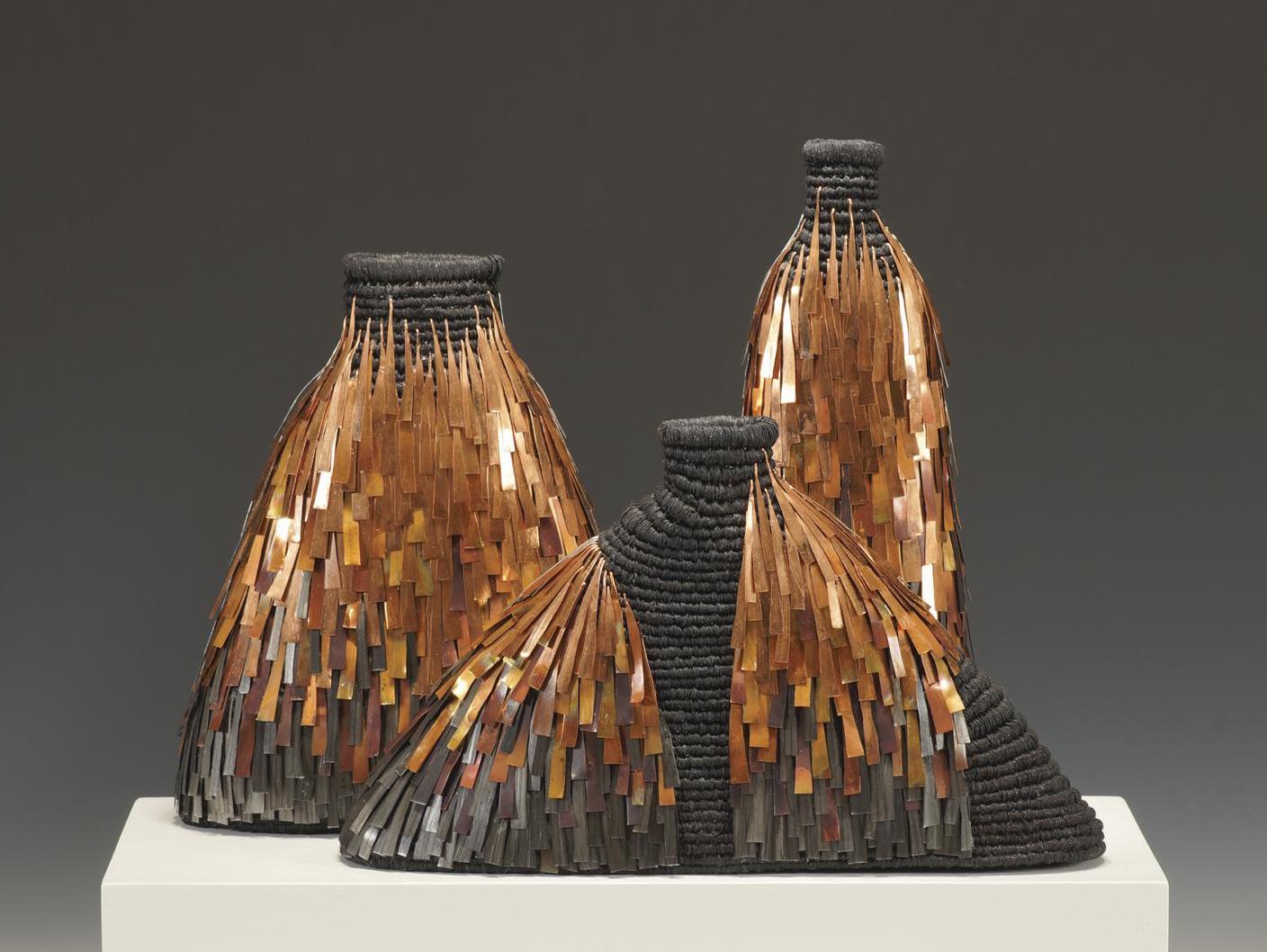
Figure 8: Mary Giles, Janus Transparency (recto), 2016, Waxed and dyed linen, copper, and iron, 8 1/2 x 12 1/4 x 5 inches, Racine Art Museum, Promised Gift of Cathy Barancik and Steven Novik, Photography: Petronella J. Ytsma
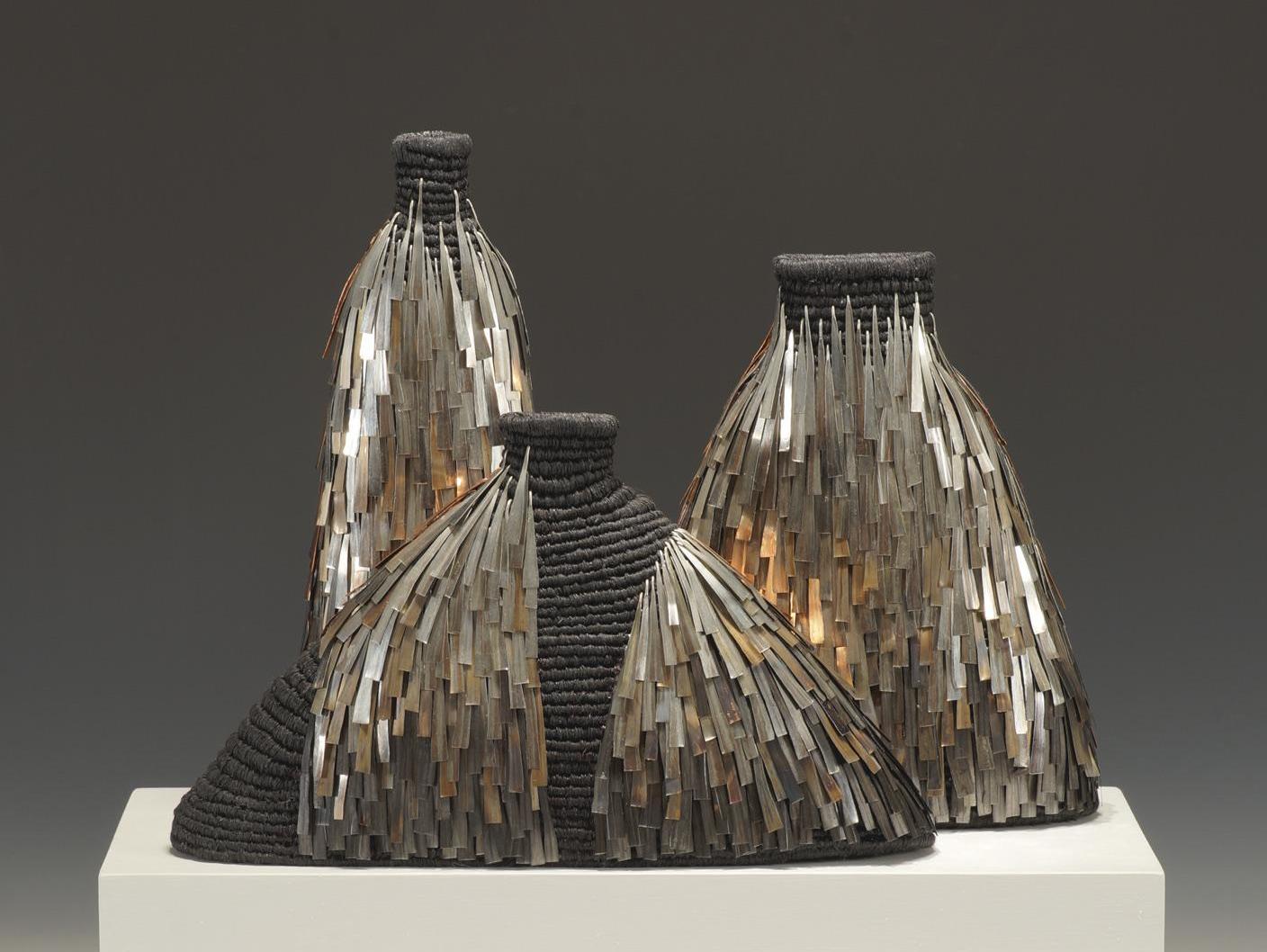
Figure 9: Mary Giles, Janus Transparency (verso), 2016
Giles’ boundary pushing garnered attention nationally and internationally. She represented the US at the International Triennial of Tapestry in Lódz, Poland. She was named a Master of Fiber Arts by the James Renwick Alliance, which supports the Renwick Gallery at the Smithsonian American Art Museum. Her work is included in over a dozen museum collections including the Minneapolis Institute of Art and the Racine Art Museum.
In its current makeup, RAM’s fiber collection is anchored by artists interested in baskets and basketmaking techniques. Mary Giles, with 22 pieces now at RAM and others promised for later arrival, is one of the most well-represented fiber artists, with works spanning over three decades. In addition, Giles signifies the impact women had on expanding conversations in and around art and studio craft during the late twentieth century. While Giles may not have identified herself as a pioneer, per se, she pushed boundaries in her chosen media. And, what is more, she loved the process of making.
—Lena Vigna, Curator of Exhibitions, Racine Art Museum


